Understanding Italian Pasta Pronunciation
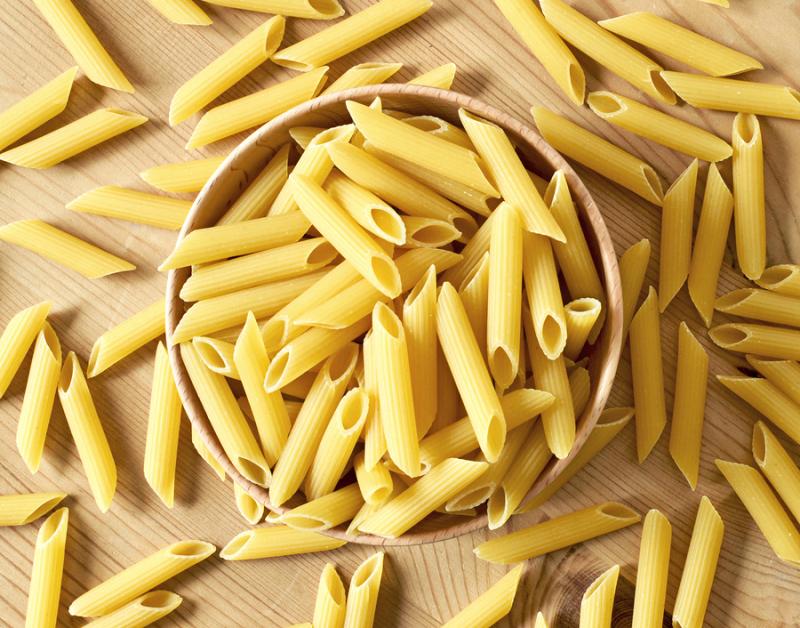
Italian cuisine is beloved worldwide, and mastering the pronunciation of its pasta names is essential for any pasta lover. Understanding Italian pasta pronunciation can enhance your dining experience and ensure effective communication when ordering or discussing pasta dishes. Italian pronunciation includes unique sounds and accents that differ from English. By familiarizing yourself with the Italian alphabet, phonetics, and common pronunciation rules, you can begin to tackle the challenge of pronouncing Italian pasta names confidently. In this article, we will focus on one specific pasta name: Penne. We will break down its syllables, discuss accentuation and emphasis, and provide tips for perfecting your pronunciation.
1 Proper Pronunciation Of Penne
The proper pronunciation of “Penne” is “pen-neh.” To correctly pronounce it, break it down into two syllables: “pen” and “neh.” The first syllable, “pen,” is pronounced with a short “e” sound, similar to the word “pen.” The second syllable, “neh,” is pronounced with a short “e” sound and a slight emphasis on the “eh” sound at the end. Practice saying it out loud, exaggerating the sounds until you can consistently produce them. Consider recording yourself to evaluate your pronunciation. It is essential to pronounce Penne correctly to ensure effective communication and fully enjoy Italian pasta dishes.
2 The Importance Of Mastering Italian Pasta Pronunciations
Mastering Italian pasta pronunciations is crucial for several reasons. Firstly, it enhances the overall dining experience, allowing you to fully appreciate the dish’s cultural significance. When ordering pasta in an Italian restaurant, pronouncing it correctly demonstrates respect for the cuisine and the language. Additionally, proper pronunciation ensures effective communication with Italian speakers, whether it’s in a restaurant or during a conversation about pasta. It also helps avoid confusion or misunderstandings regarding the type of pasta you want. By mastering Italian pasta pronunciations, you can confidently navigate Italian menus and engage in conversations about this beloved culinary tradition.
Basics Of Italian Pronunciation
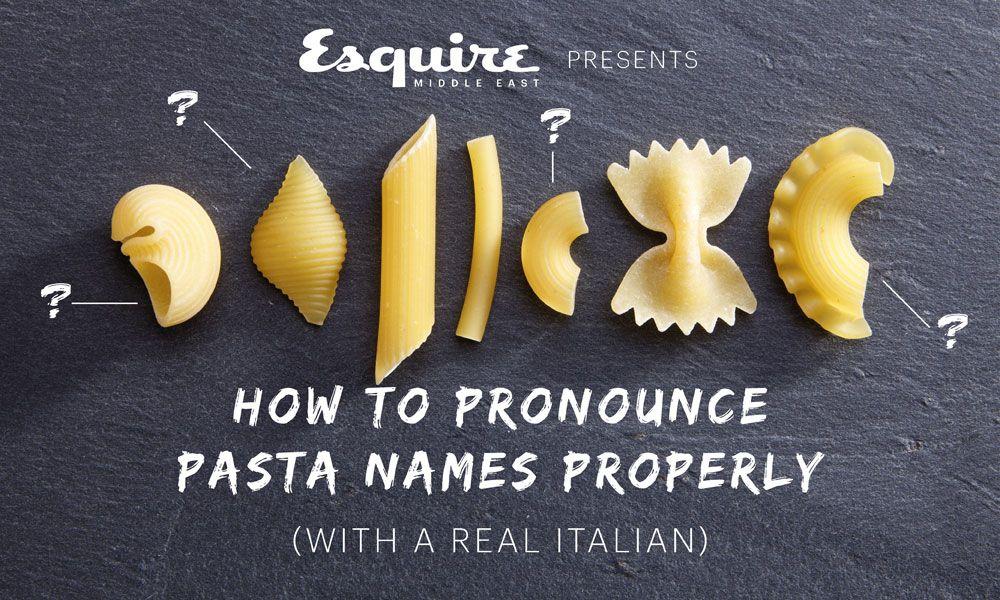
Italian pronunciation follows certain rules and patterns that are important to understand. The Italian alphabet consists of 21 letters, including five vowels (a, e, i, o, u) and 16 consonants. Vowels in Italian are pronounced with consistent and pure sounds, unlike some other languages. Consonants in Italian have their own unique pronunciation rules, such as the doubled consonants that have a stronger sound. Italian has a syllable-based stress system, meaning that one syllable in each word is emphasized. Understanding these basics of Italian pronunciation will help you accurately pronounce not only Penne but also other Italian pasta names.
1 Italian Alphabet And Phonetics
The Italian alphabet consists of 21 letters, including five vowels (a, e, i, o, u) and 16 consonants. Unlike some other languages, vowels in Italian are pronounced with consistent and pure sounds. Each vowel has a specific pronunciation and does not change depending on the surrounding letters.
The consonants in Italian also have their own unique pronunciation rules. For example, the doubled consonants, such as “nn” in “penne,” have a stronger sound. Additionally, certain consonants, like “c” and “g,” have different sounds when followed by certain vowels. Understanding these phonetic rules is key to accurately pronouncing Italian words, including pasta names like “penne.”
2 Common Pronunciation Rules In Italian
Two common pronunciation rules in Italian are the distinction between single and double consonants, and the pronunciation of certain consonants followed by different vowels. In Italian, double consonants are pronounced with a stronger sound, such as the “nn” in “penne.” Additionally, certain consonants, like “c” and “g,” have different sounds when followed by certain vowels. For example, “c” before “i” or “e” is pronounced as “ch” in English, as in “ciao,” while “c” before “a,” “o,” or “u” is pronounced as “k,” as in “casa.” Understanding these pronunciation rules is crucial for accurately pronouncing Italian words.
Pronouncing Penne Correctly
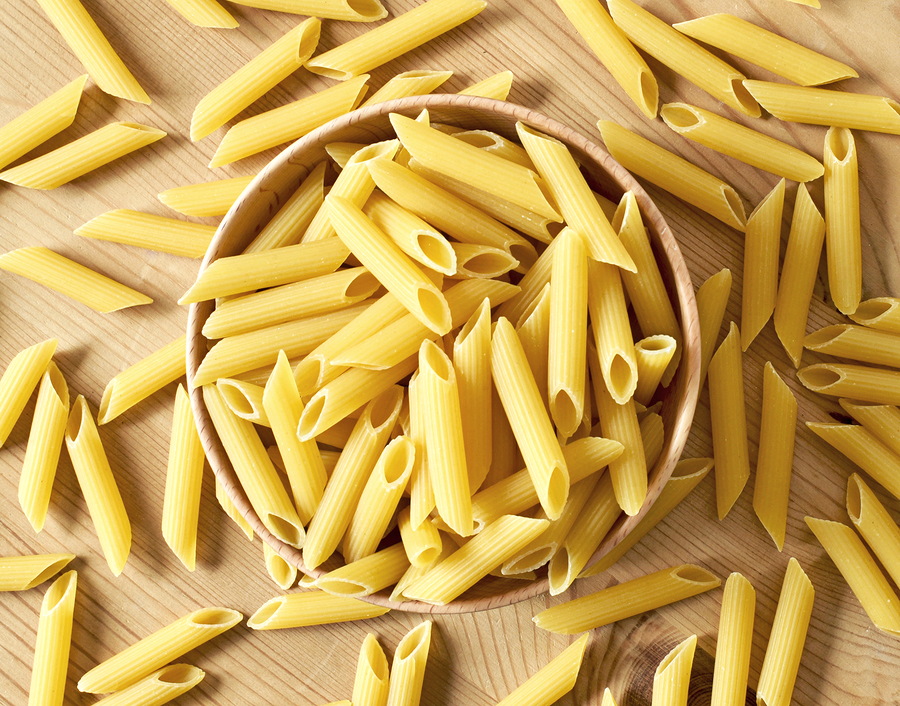
Pronouncing Penne correctly is essential for any Italian pasta enthusiast. To ensure accurate pronunciation, it’s helpful to break down the word into its syllables: “pen” and “neh.” Pronounce each syllable separately, emphasizing the hard “n” sound in “neh.” Additionally, listening to native Italian speakers is a great way to perfect your pronunciation. Mimicking their intonation and rhythm will help you achieve a more authentic pronunciation of Penne. Practice saying the word out loud, focusing on the correct sounds and recording yourself to evaluate your progress. Before you know it, you’ll be confidently ordering Penne like a true Italian!
1 Breakdown Of Syllables In Penne
Penne is a two-syllable word, consisting of “pen” and “neh.” Each syllable is pronounced separately and carries its own emphasis. The first syllable, “pen,” is pronounced with a short “e” sound, similar to the word “pet.” The second syllable, “neh,” is pronounced with a clearer emphasis on the “n” sound. It’s important to enunciate each syllable clearly and to emphasize the “neh” to achieve the correct pronunciation of Penne. Remember to practice saying the word out loud and breaking it down into its syllables to improve your pronunciation.
2 Accentuation And Emphasis In Italian Pronunciation
In Italian pronunciation, accentuation and emphasis play a crucial role in correctly articulating words. The stress in Italian words falls on the second-to-last syllable, unlike in English where stress can be on any syllable. This means that when pronouncing Italian pasta names like “penne,” the emphasis should be on the second syllable “neh.” By placing the correct emphasis, one can convey the authentic pronunciation and confidently discuss pasta dishes. Practice and familiarity with Italian pronunciation rules will help in mastering the accentuation and emphasis in Italian words like “penne.”
Practice Tips For Perfect Pronunciation

To achieve perfect Italian pasta pronunciation, practice is key. Here are some tips to help you improve your pronunciation skills. Listen to native speakers: Mimic the pronunciation of native Italian speakers by listening to recordings or watching tutorials on how to pronounce Penne. Practice with guidance: Use pronunciation guides or language learning apps to practice and receive feedback on your pronunciation. Repeat and imitate: Practice saying Penne aloud multiple times, focusing on the correct sounds and intonation. By following these tips, you’ll become more confident in pronouncing Penne pasta accurately.
1 Tongue Twisters And Exercises For Improving Pronunciation
Tongue twisters serve as fun and challenging exercises to improve pronunciation skills. Practicing tongue twisters can help you develop a better understanding of the different sounds and phonetic patterns in Italian. Here are a few popular Italian tongue twisters that focus on the sounds commonly found in pasta names:
- “Fettuccine Alfredo” – Repeat this phrase rapidly, paying attention to the specific pronunciation of each sound.
- “Gnocchi nella salsa” – Practice saying this phrase repeatedly to perfect the pronunciation of “gn” and “ch” sounds.
- “Spaghetti alla carbonara” – Challenge yourself to pronounce the double “t” and “ll” sounds accurately.
Try incorporating these tongue twisters into your daily pronunciation practice routine, and watch as your Italian pasta pronunciation skills improve.
2 Listening To Native Speakers And Mimicking Their Pronunciations
Listening to native speakers is a valuable tool for mastering Italian pasta pronunciations. By immersing yourself in authentic Italian content such as videos, podcasts, or even conversations with native speakers, you can develop a better ear for the language. Pay close attention to how they pronounce pasta names and try to mimic their intonation, stress, and rhythm. Practice repeating the names until you feel confident in your pronunciation. This active listening and mimicry process will help you internalize the correct sounds and improve your overall pasta pronunciation skills.
Beyond Penne: Exploring More Italian Pasta Names
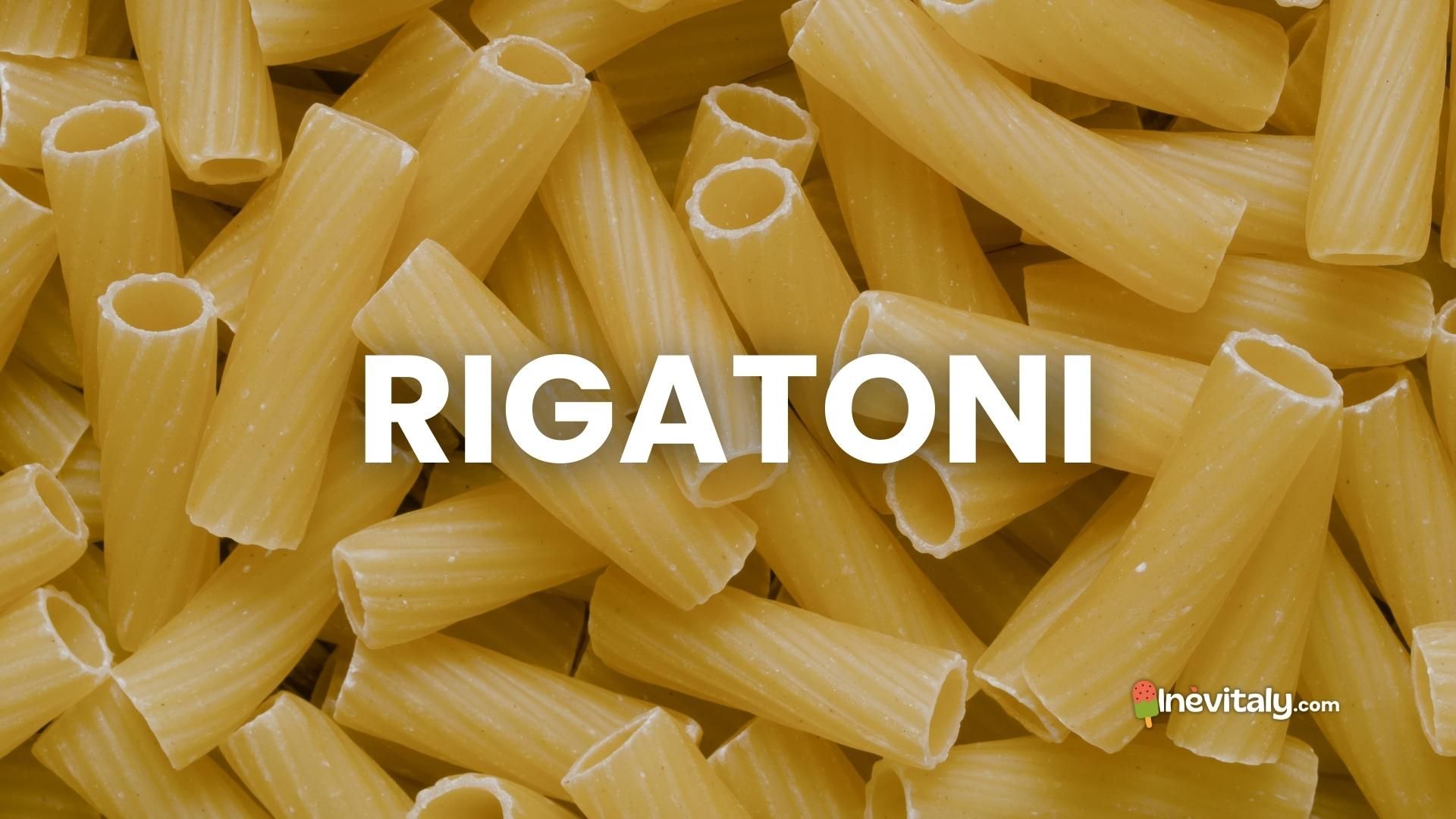
When it comes to Italian pasta, there is a whole world of names to explore beyond Penne. Knowing how to pronounce other popular pasta types can greatly enhance your culinary knowledge and dining experience. Some examples include spaghetti, linguine, fettuccine, rigatoni, and farfalle. Each pasta type has its characteristic shape and is often paired with specific sauces and ingredients. By familiarizing yourself with the pronunciation of these pasta names, you can confidently order and discuss various dishes at Italian restaurants. So, let’s venture beyond Penne and delve into the captivating realm of Italian pasta pronunciations.
1 Pronunciation Guide For Popular Italian Pasta Types
Italian cuisine is renowned for its variety of pasta dishes, each accompanied by different types of pasta. To confidently order and discuss these dishes, it’s important to know how to pronounce the names of popular Italian pasta types. Here is a pronunciation guide for some well-known pasta varieties:
- Spaghetti: Pronounced “spuh-GHEH-tee,” this long, thin pasta is a staple in Italian cuisine.
- Linguine: Pronounced “ling-GWEE-neh,” this pasta resembles flattened spaghetti and is often served with seafood.
- Fettuccine: Pronounced “feh-TOO-chee-neh,” this wide, flat pasta is commonly used in creamy pasta dishes.
- Rigatoni: Pronounced “ree-guh-TOH-nee,” this tube-shaped pasta is perfect for holding chunky sauces.
- Farfalle: Pronounced “fahr-FAH-leh,” these bow-tie-shaped pasta pieces are popular in salads and creamy sauces.
By mastering the pronunciation of these pasta names, you can confidently communicate your preferences and enjoy an authentic Italian dining experience.
2 Tips For Confidently Ordering Pasta In Italian Restaurants
When dining at an Italian restaurant, confidently ordering pasta can enhance the overall experience. Here are two tips to help you navigate the menu with ease.
- Familiarize yourself with the pasta types: Before visiting an Italian restaurant, take some time to familiarize yourself with different types of pasta and their pronunciations. This knowledge will help you communicate your preferences effectively and choose the perfect dish.
- Ask for recommendations: If you’re unsure about which pasta dish to order, don’t hesitate to ask the server for recommendations. They are knowledgeable about the menu and can suggest popular or traditional pasta dishes that you might enjoy.
By following these tips, you can confidently order pasta in Italian restaurants and savor the authentic flavors of Italy.
Conclusion

In conclusion, mastering the pronunciation of Italian pasta names, including “penne,” is not only a fun and interesting way to expand culinary knowledge, but it also shows respect for Italian culture and language. By learning how to pronounce pasta names correctly, individuals can confidently order and discuss their favorite pasta dishes with others. Practicing pronunciation and utilizing helpful tools and resources, such as tongue twisters and listening to native speakers, can greatly improve language skills and enhance the overall dining experience. So, next time you’re at an Italian restaurant, confidently order your favorite pasta dish with ease!
[s35]
Comparison Of Italian Pasta Pronunciations
Italian pasta names can vary greatly in terms of pronunciation. Here is a comparison of some commonly mispronounced pasta names:
- Penne: Pronounced as “pen-neh,” not “peen” or “penny.”
- Spaghetti: Pronounced as “spa-geh-tee,” not “spa-getty” or “spa-git.”
- Linguine: Pronounced as “lin-gwee-nay,” not “lin-guini” or “lin-gween.”
- Fettuccine: Pronounced as “fet-tuh-chee-nay,” not “fet-uh-chini” or “fet-uh-kine.”
It is essential to familiarize yourself with the correct pronunciations to avoid any miscommunication or confusion when discussing or ordering Italian pasta dishes.
Frequently Mispronounced Italian Pasta Names
Italian cuisine is beloved worldwide, but many struggle with properly pronouncing the names of popular pasta dishes. Here are some frequently mispronounced Italian pasta names:
- Gnocchi: Often mispronounced as “no-key” or “gah-no-shee,” the correct pronunciation is “nyoh-kee,” with a soft “ny” sound.
- Tagliatelle: Mispronunciations like “tag-ee-a-tell” or “tag-lee-uh-tell” are common. The correct pronunciation is “tah-lyah-tell-eh,” with the emphasis on the second syllable.
- Farfalle: Many mistakenly say “far-fall” or “far-fall-ee.” The correct pronunciation is “far-fal-leh,” with each syllable being distinct.
- Ravioli: Often mispronounced as “rav-ee-oh-lee” or “rav-ee-oh-lie.” The correct pronunciation is “rah-vee-oh-lee,” with the emphasis on the first syllable.
Remember, by mastering the correct pronunciation of these pasta names, you can enhance your culinary experience and communicate effectively when ordering at an Italian restaurant.
FAQ About “how To Say Penne: Mastering Italian Pasta Pronunciation”
Q: What is the correct way to pronounce “Penne”?
A: To pronounce “Penne” correctly, say it as “pen-neh” with the emphasis on the second syllable.
Q: Is there a difference in pronunciation between “Penne” and “Pen”?
A: Yes, “Penne” is pronounced as “pen-neh” with two syllables, while “Pen” is a single syllable pronounced as “pen”.
Q: Can you provide a phonetic spelling for “Penne”?
A: Sure! The phonetic spelling for “Penne” is /ˈpenne/.
Q: Are there any common mispronunciations of “Penne” to avoid?
A: One common mispronunciation to avoid is pronouncing it as “pen-ee” instead of “pen-neh”.
Q: How can I practice and improve my Italian pasta pronunciation?
A: You can practice by listening to native speakers, using language learning apps, and repeating the words aloud to improve your pronunciation skills.
Q: Are there any online resources or videos that can help with Italian pronunciation?
A: Yes, there are many online resources and videos available that focus on Italian pronunciation, including pronunciation guides for pasta names like “Penne”.
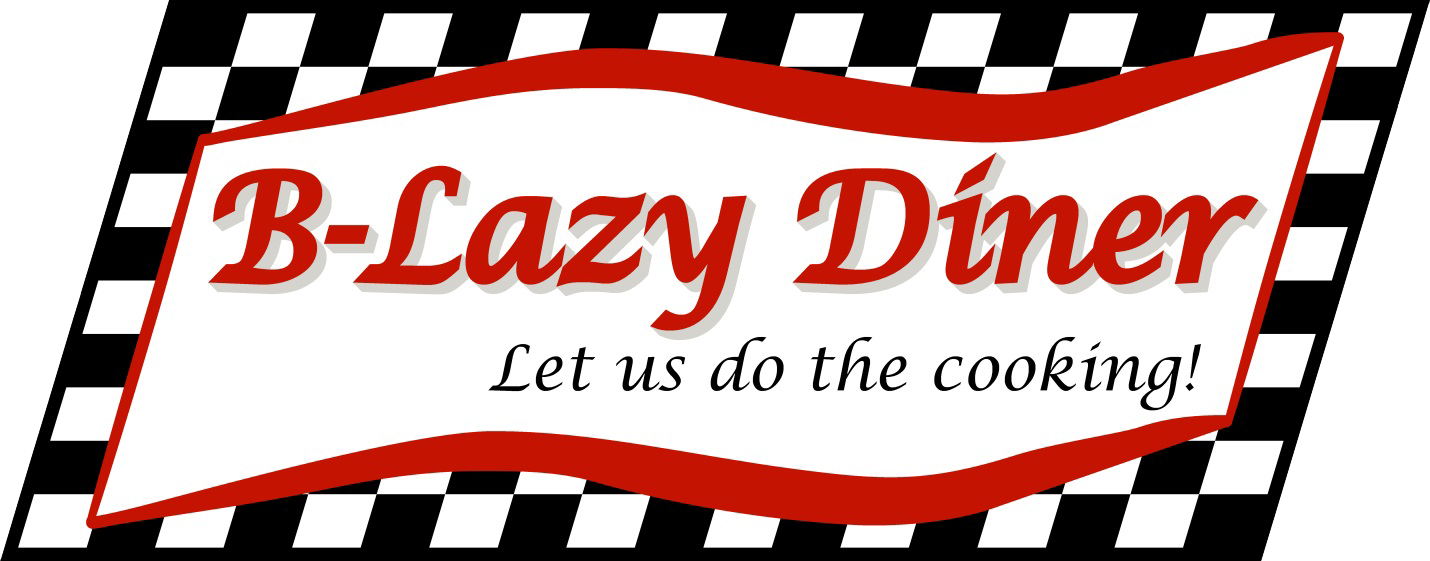
A local, family-owned fast food and ice-cream diner in Wind Lake, Wisconsin. We might be small, but we are big on fast-friendly service with everything cooked to order. B-Lazy Diner offers chicken and fish fry buckets, served up with French fries and our famous homemade coleslaw and tarter sauce, along with a variety of wraps, seasoned burgers, homemade soups, and, of course, ice cream cones, sundaes, malts, and shakes.